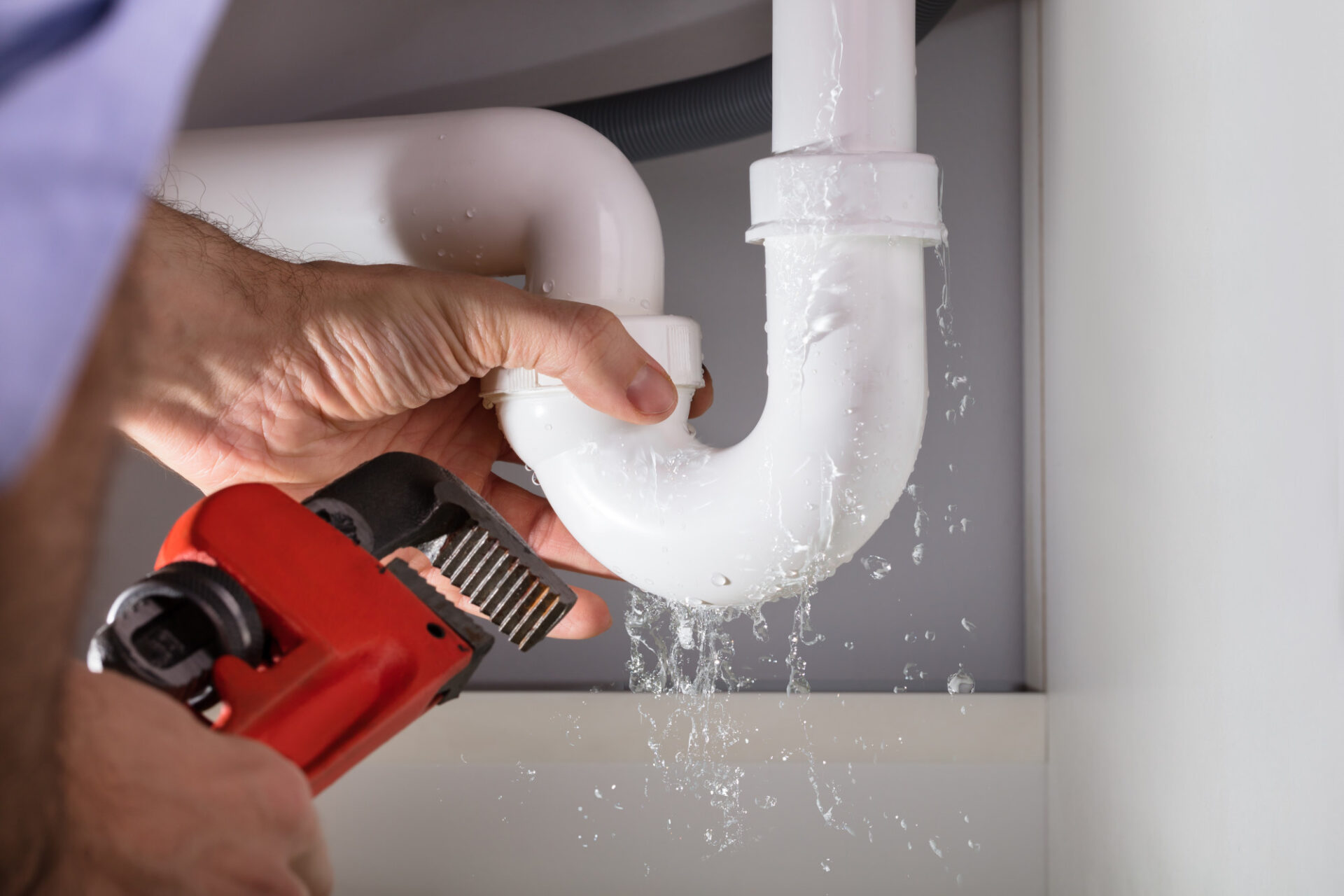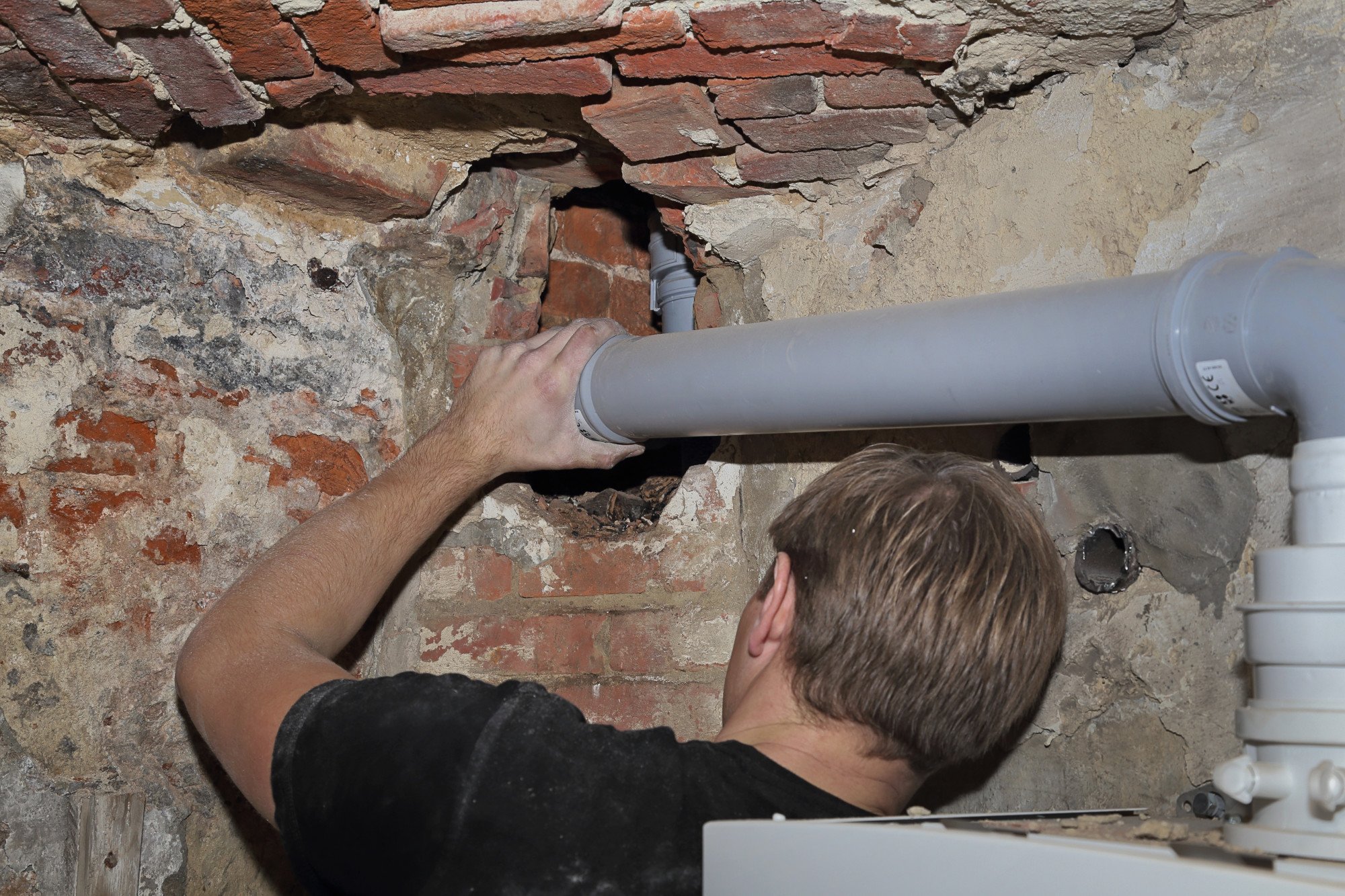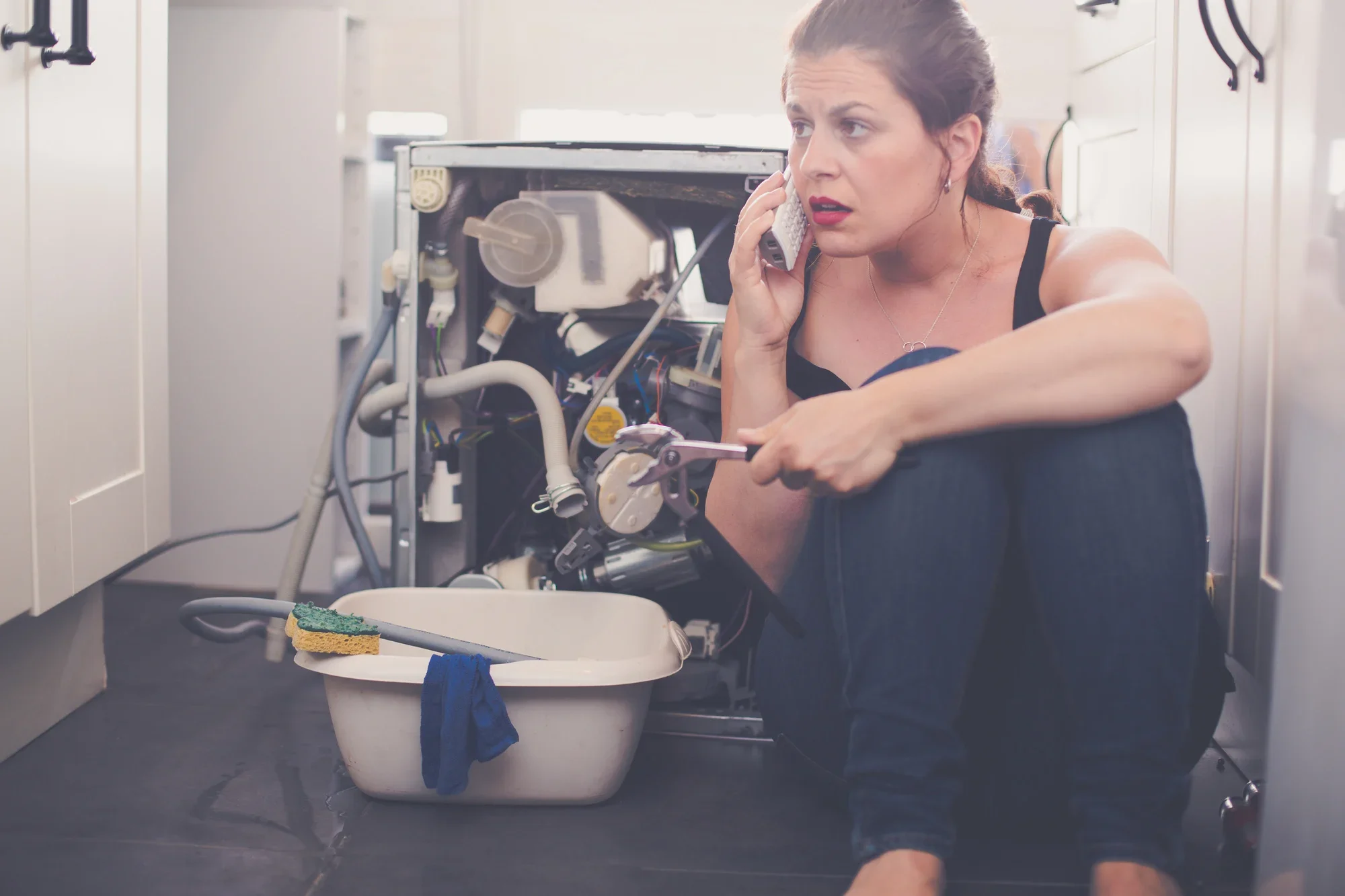Did you know that a bathroom flood is one of the most common household accidents? In fact, according to the Insurance Services Office, water damage from a bathroom flood is the second most common insurance claim for homeowners.
Whether it’s due to a burst pipe, a clogged drain, or a leaky faucet, a bathroom flood can be a frustrating and stressful experience for any homeowner. But don’t worry, with the right knowledge and preparation, you can minimize the damage and quickly repair the cause of the flood. In this guide, we’ll walk you through the steps to take when faced with a bathroom flood, so you can get back to your normal routine in no time.
Identifying the Cause of Your Bathroom Flood
A flooded bathroom can be a frustrating experience for any homeowner. But before you can fix the problem, you need to identify the cause of the flood. In this section, we’ll discuss the common causes of bathroom floods and how you can identify them.
Clogged Drains and Pipes
One of the most common causes of bathroom floods is clogged drains and pipes. Hair, soap scum, and other debris can accumulate in your pipes over time, leading to blockages that prevent water from draining properly. When water can’t drain, it can overflow out of your sinks, bathtub, or shower, causing a flood.
Leaking or Broken Pipes
Another common cause of bathroom floods is leaking or broken pipes. Over time, pipes can become corroded or damaged, leading to leaks.
Leaks can be slow and subtle, or they can be sudden and catastrophic. If you notice a bathroom leak, it’s important to address it as soon as possible to prevent further damage.
Malfunctioning Toilet
A malfunctioning toilet can also cause a bathroom flood. If your toilet is clogged or has a malfunctioning float valve, it can overflow and flood your bathroom. This can be particularly frustrating because toilet floods can contain contaminated water.
Damaged or Faulty Seals
The seals around your bathtub or shower can become damaged or worn over time, allowing water to leak out and cause a flood. It’s important to inspect these seals regularly and replace them if necessary.
Faulty Showerhead
A showerhead that has been installed incorrectly can cause water to spray out from the sides, resulting in a bathroom flood. This is especially common in homes with hard water or mineral buildup in the showerhead.
Broken or Faulty Water Supply Line
The water supply line that provides water to your bathroom fixtures can become damaged or develop leaks over time, resulting in a flood. This can happen due to corrosion, wear and tear, or freezing temperatures.
Improperly Installed or Damaged Flooring
If your bathroom flooring was installed incorrectly or has become damaged, water can seep through the cracks and cause a flood. This is especially common in bathrooms with tile flooring.
Steps to Identify the Cause of Your Bathroom Flood
The first step in identifying the cause of your bathroom flood is to turn off the water supply line. This will prevent any additional water from entering your bathroom and causing further damage.
Once the water supply line is turned off, you can start to investigate the cause of the flood. Check for leaks and damage to your pipes and fixtures.
Look for signs of corrosion, such as rust or discoloration, which can indicate a leak. If you can’t find any visible damage, turn the water supply back on and watch for any leaks or drips.
If there are no visible leaks or damage, the next step is to check for blockages in your toilet, sinks, and bathtub. Use a plunger or drain snake to clear any clogs or blockages in your pipes. If you suspect a clog but can’t clear it yourself, it may be time to call a professional plumber.
Stopping the Flood and Minimizing Water Damage
Dealing with a bathroom flood can be stressful, but it’s important to act quickly to stop the flood and minimize water damage. In this section, we’ll discuss the steps you can take to stop the flood and prevent further damage to your bathroom plumbing.
Turning off the Water Supply
The first step in stopping a bathroom flood is to turn off the water supply. Locate the shut-off valve, which is usually located near the toilet or under the sink. Turn the valve clockwise to shut off the water supply to your bathroom.
If you can’t find the shut-off valve, turn off the main water supply to your home. This will stop water from flowing to all areas of your home, including your bathroom plumbing.
Cleaning up the Water
Once the water supply has been shut off, it’s time to start cleaning up the water. Use towels or a mop to soak up any standing water in your bathroom. If you have a wet/dry vacuum, you can use it to suck up any excess water.
Be sure to dispose of any wet towels or other materials properly to prevent the growth of mold or bacteria. Open windows or use fans to help dry out your bathroom.
Inspecting for Damage
After cleaning up the water, it’s important to inspect your bathroom plumbing for damage. Look for any signs of leaking or damage to your pipes or fixtures.
Check for any dampness or water stains on the walls, floors, or ceiling. If you notice any damage, it’s important to address it as soon as possible to prevent further issues.
Contacting a Professional
If you’re unsure about how to stop the flood or how to clean up the water, it’s best to contact a professional plumber. A plumber can help you identify the cause of the flood and provide advice on how to prevent future issues. They can also assess any damage to your bathroom plumbing and provide repair services as needed.
Repairing the Cause of the Bathroom Flood
After stopping the flood and minimizing water damage, it’s time to repair the cause of the bathroom flood. Repairing the cause of the bathroom flood will prevent future flooding and water damage.
Hire a Plumber
If you’re not a plumbing expert, it’s best to hire a plumber to repair the cause of the bathroom flood. A plumber has the expertise and tools to repair bathroom plumbing issues.
Repair Bathroom Plumbing
The bathroom flood could be caused by a leaky faucet, a clogged drain, or a broken water supply line.
A leaky faucet can be caused by a damaged washer, O-ring, or valve seat. To repair the leaky faucet, you need to replace the damaged parts.
A clogged drain can be caused by a buildup of hair, soap scum, or mineral deposits. To clear the clogged drain, you can use a plunger or a drain snake. If the clog is severe, you may need to hire a plumber.
A broken water supply line can be caused by freezing temperatures, old age, or physical damage. To repair the broken water supply line, you need to shut off the water supply, cut out the damaged section, and replace it with a new section of pipe.
Check for Water Damage
After repairing the cause of the bathroom flood, it’s essential to check for water damage. Water damage can lead to mold growth and structural damage, which can be costly to repair. Here are some areas to check for water damage:
- Check for water stains or discoloration on walls and ceilings
- Check for warped or buckled flooring
- Check for water stains or discoloration on cabinets and vanities
Prevent Future Bathroom Floods
To prevent future bathroom floods, it’s essential to take preventive measures. Here are some ways to prevent future bathroom floods:
- Regular maintenance of your bathroom plumbing can prevent leaks and clogs
- Hire a plumber to inspect your bathroom plumbing regularly
- If your bathroom plumbing is old or outdated, consider upgrading it as newer plumbing systems are more efficient and less prone to leaks and clogs
- Use bathroom fans to reduce moisture in the bathroom as excess moisture can lead to mold growth and water damage
- Install a drain strainer to catch hair and other debris
- Inspect your bathroom plumbing for leaks or damage on a regular basis
- Use a water alarm, which can alert you to potential leaks or floods
By taking these preventative measures, you can reduce the risk of future bathroom floods and protect your bathroom plumbing from damage.
Don’t Let a Bathroom Flood Ruin Your Day
Dealing with a bathroom flood can be stressful and overwhelming, but with the right approach, you can quickly identify the cause, stop the flow of water, minimize damage, and repair the issue. Remember, prevention is always the best approach, so be sure to conduct regular maintenance on your bathroom plumbing to avoid potential problems.
If you ever experience a bathroom flood and are unsure how to handle it, don’t hesitate to contact a professional plumber. At Master Plumbing, we’re here to help you with all your plumbing needs. Contact us today if you have a plumbing emergency and let us take care of the rest!



